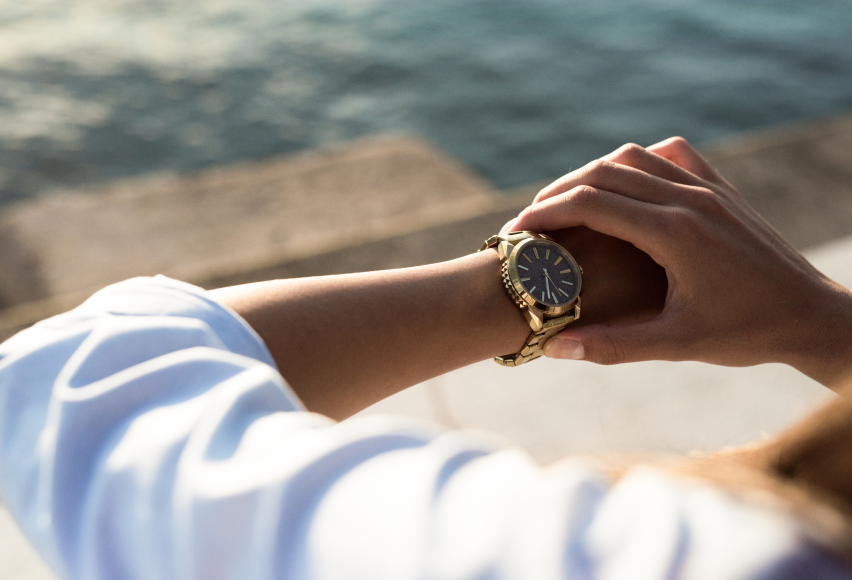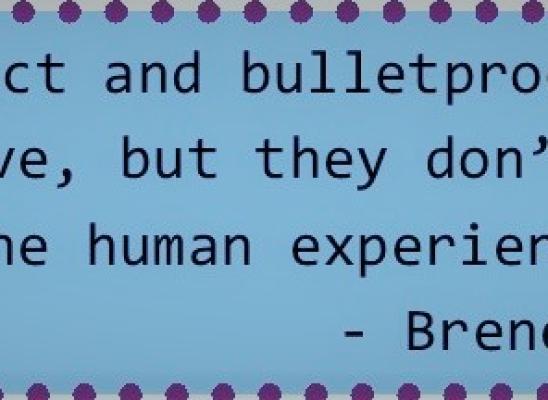I’ve Pulled for Years: Is There Really Hope For Me?

Online test
Find out the severity of your symptoms with this free online test
If you’ve been pulling your hair for years, decades even, it’s easy to feel like this is just how it’s going to be. Maybe you’ve tried to stop before and couldn’t. Maybe you’ve hidden it for so long, it feels like a secret you’ll carry forever. And, deep down, you’re probably wondering, “Is it even worth trying anymore?”
There’s a quote commonly attributed to Thomas Edison, inventor of the lightbulb that goes like this: When asked by a reporter how it felt to fail a thousand times, Edison replied: "I didn't fail a thousand times. The light bulb was an invention with 1,000 steps."
While trying and trying and trying again can feel like a mountain you’ll never climb, trial-and-error is actually part of the process. Each failure holds valuable information that you can use. And that holds true whether you’re trying to make a light bulb or trying to overcome trich.
No matter how long you’ve lived with trichotillomania, change is possible. Healing is not about becoming “perfect” or never pulling again. It’s about learning new ways to respond to urges, being kind to yourself, and slowly replacing patterns that may have been in place for years.
Why It’s Never Too Late
Our brains are wired to learn. That means they can “relearn” too. This ability, called neuroplasticity, is a process that allows the brain to learn and relearn things and this ability remains with us throughout our lives. It’s a phenomenon that we see all the time from changing habits to relearning following a traumatic brain injury.
It’s true that the longer a behavior has persisted, the more familiar and automatic it can feel. Hair pulling is no exception and can become quite ingrained over time. However, and this is big, healing doesn’t require a sudden, all-or-nothing shift. Healing requires a willingness to try something new and building on what you’ve learned.
And here’s better news – you’re not starting from scratch. You’ve lived with trich for a long time which means you probably already know A LOT about your pulling – your triggers, your patterns, and, what hasn’t worked. That level of self-awareness is powerful. It gives you insight into your pulling that someone just starting their healing journey may not have yet.
What Progress Really Looks Like
Progress isn’t about hitting the OFF button and never pulling again. True recovery doesn’t work that way. For anything. Progress is not linear and it is different for everyone:
Progress can look like:
- Gaining awareness. Having more moments where you pause before pulling.
- Practicing self-care. Learning to care for your body without shame.
- Practicing self-compassion. Recognizing that perfection is an illusion and giving yourself grace when you falter.
- Managing your emotions. Creating routines that reduce stress and make pulling less likely.
- Talking about it with a trusted friend.
- Asking for help.
Over time, some people stop pulling entirely. Others reduce the severity or frequency of their pulling. Others choose to live with more self-compassion and less secrecy. All of these are valid. All of it is healing.
How to Start (Even After All This Time)
Sometimes the hardest part is knowing where to start. If you’re ready to take a small step toward change, here are a few ways to start:
1. Get Curious About Your Trich
Self-awareness is the first step toward change. Let yourself observe and explore what you’re experiencing without judgment, just curiosity.
2. Keep Track
A great way to gain insight into your hair pulling is to use a journal or app that let’s you track information about your pulling. Things like time of day, location, emotions or triggers can help you understand your hair pulling patterns.
3. Create A Tool Kit
When you get the urge to pull, your brain is looking for something – relief, stimulation, focus. Give it a healthy alternative to pulling. Having a “toolkit” of quick go-to strategies can help you manage urges when they come and maybe even avoid a pulling episode. Some things to keep in that toolkit might be:
- A stress ball
- Fidget toys or textured stone or fabric
- Deep breathing exercises
- A journal or doodle pad
5. Talk to Someone
One of the most healing steps you can take is simply realizing you’re not alone. Whether through online support groups or forums, therapy, or reading the stories of others who live with trich, connection reduces shame and lighten the emotional weight of trich.
6. Keep Trying
If you’ve tried to stop in the past and it didn’t work for you, it doesn’t mean you failed. It simply means that approach wasn’t the right fit for you at that time. That was then. This is now. It’s ok to try again using the knowledge you’ve gained since then.
7. Seek Professional Help
Therapies like Cognitive Behavioral Therapy (CBT) and Habit Reversal Training (HRT) have been shown to help people with hair pulling. Even if you’ve tried therapy before, the right provider with experience in body-focused repetitive behaviors (BFRBs) like hair pulling can make a huge difference.
Hope Remains
No matter how long you’ve been pulling, hope remains, and healing is possible. The past doesn’t have to control your future. Healing from trich is not a sprint to the finish. It’s a journey that can start right where you are today. The only requirement is a willingness to take that first step.
You are not broken. You are not alone. And it’s never too late to begin again.
If you’re ready to try again, Trichstop.com has expert therapists ready to help you take that next step in your healing journey. They can help you learn to honor where you’ve been and find ways to confidently manage your trich moving forward. And online therapy makes getting help comfortable, secure, and convenient. When you’re ready, there is help and hope waiting for you.
References
1. https://youtu.be/EHNd64OCb-8?si=SnXlgDGi3mpVxb3_
2. Hussein, J. (2020, March 13). Here's what it's really like to live with trichotillomania. Allure. https://www.allure.com/story/living-with-trichotillomania
Online test
Find out the severity of your symptoms with this free online test
Start your journey with TrichStop
Take control of your life and find freedom from hair pulling through professional therapy and evidence-based behavioral techniques.
Start Now



